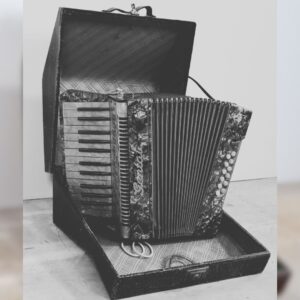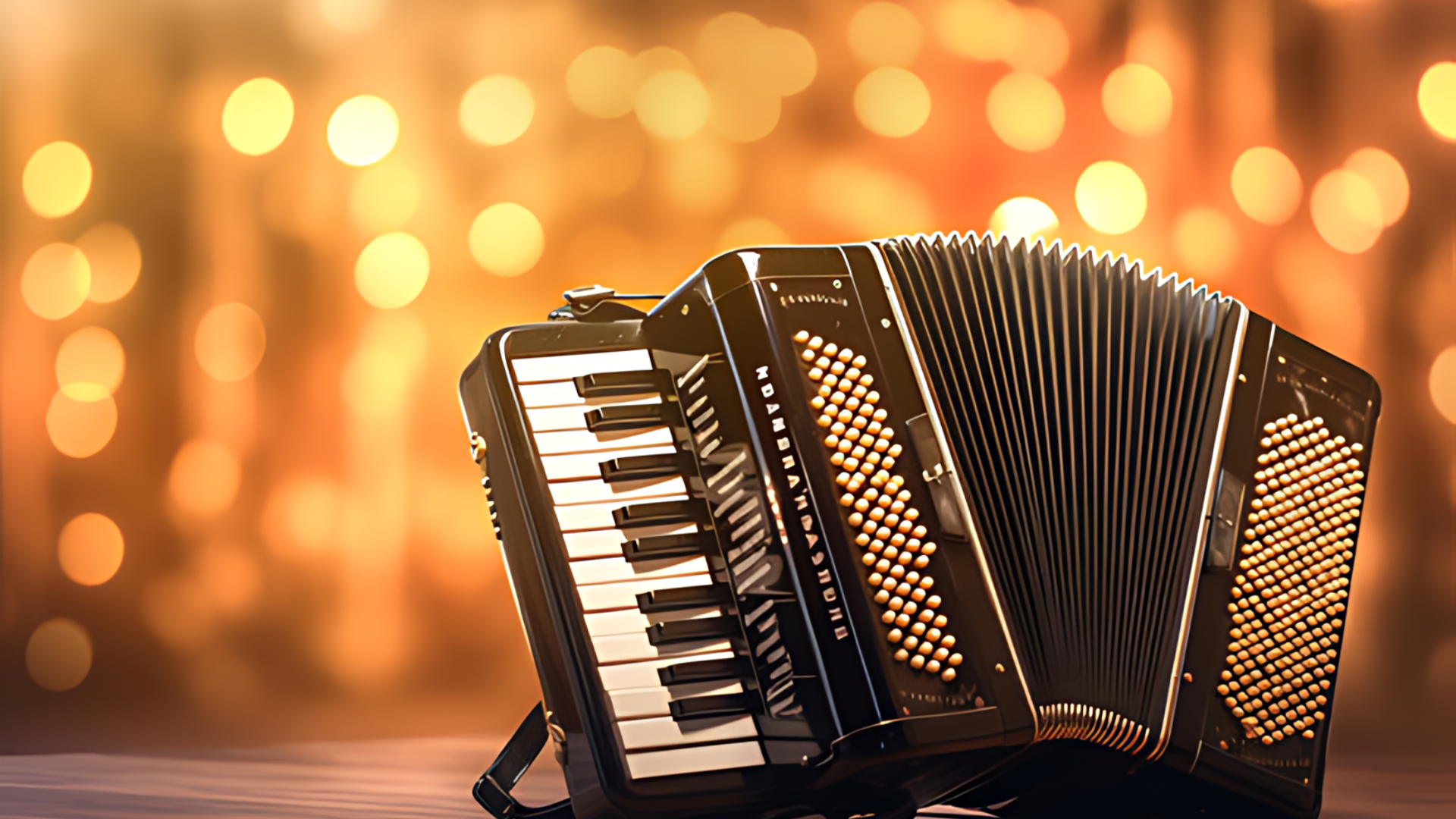The accordion, often dubbed the “one-man band” due to its versatility and rich sound, has been a staple in various music genres across the world. This fascinating instrument, with its distinctive bellows-driven sound, has a history as rich and varied as the music it produces.
Today’s Google Doodle marks a notable milestone in musical history—the anniversary of the accordion’s patent, granted on this day in 1829. This cherished instrument, renowned for its distinctive bellows and rich sound, has profoundly influenced various music genres globally. From folk and classical melodies to the vibrant rhythms of jazz and pop, the accordion’s versatility and charm continue to captivate musicians and audiences alike. In this article, we delve into what an accordion is, its history, construction, features, and its indispensable role in the music industry.
What is an Accordion?
An accordion is a portable, box-shaped musical instrument. It is played by compressing or expanding the bellows while pressing buttons or keys, which allow air to flow across reeds inside the instrument, producing sound. Each key or button corresponds to a specific note or chord, making the accordion a remarkably versatile instrument capable of a wide range of musical expressions. The instrument’s name originates from the German word “akkord,” meaning chord, highlighting its capability to produce multiple notes simultaneously.

Accordion
History of the Accordion
The accordion was first patented in 1829 by Cyrill Demian, an Armenian instrument maker living in Vienna, Austria. Although Demian’s design was rudimentary compared to modern accordions, it laid the foundation for future developments. The accordion quickly gained popularity in Europe, particularly in folk music traditions, and eventually spread worldwide, finding its place in diverse musical genres. Over the years, the instrument evolved significantly, with various modifications and improvements made to enhance its range and playability.
The Importance of the Accordion in the Music Industry
The accordion has made a significant impact on the music industry due to its adaptability and unique sound. It is a prominent instrument in genres such as folk, traditional, and popular music. In Latin America, it is central to genres like tango and vallenato, while in Europe, it is indispensable in polka and folk music. The accordion’s versatility allows it to be used in solo performances, ensembles, and even orchestras, showcasing its wide appeal and musical importance.
Also Read: Google Doodle Today: Celebrating the Accordion’s Anniversary
How is an Accordion Made?
The construction of an accordion is a meticulous process that combines craftsmanship and precision engineering. The primary components include the bellows, reeds, keyboards (or buttons), and the body.
1. Bellows: Made from multiple layers of cloth, paper, and leather, the bellows are essential for producing sound as they push air through the reeds. The expandable bellows are the heart of the instrument, controlling airflow and dynamics.
2. Reeds: Thin strips of metal that vibrate to create sound. They are carefully tuned to produce specific notes. Some accordions have multiple sets of reeds that can be engaged to produce different timbres.
3. Keyboards and Buttons: The keyboards or buttons are used to play notes and chords. They are connected to the reeds via mechanical linkages.
4. Registers: These switches allow players to change the combination of reeds being used, effectively altering the instrument’s sound.
5. Body: The outer casing, usually made of wood or plastic, houses the internal components and provides structural support.
Each accordion is assembled with great care, ensuring that the reeds are finely tuned and the bellows are airtight to produce the desired sound quality. Accordions come in various sizes, from small, diatonic models to large, chromatic versions with multiple keyboards.

Accordion Beads
Features of the Accordion
The accordion is a staple in folk music across various cultures, ideal for traditional melodies and dances due to its rich, harmonic sounds.
Classical and Jazz: In classical music, the accordion adds unique textures and tones. Jazz musicians also incorporate its distinctive sound into their compositions.
Pop and Modern Music: The accordion’s versatility allows it to feature in modern pop music, blending traditional sounds with contemporary styles as musicians explore its innovative potential.
Cultural Celebrations: The accordion is central to Oktoberfest, the famous German festival known for its lively music. In Latino music, particularly polka and tango, it conveys joyful and melancholic tones. In the U.S., it is key in Cajun music, showcasing its adaptability and enduring appeal.
Modern Developments and Innovations
Modern accordions now include button and piano-style keyboards, with some incorporating electronic elements for amplified or synthesized sounds. The accordion continues to influence global music, remaining popular in cultural celebrations and musical compositions, proving its lasting significance.
The accordion is more than just a musical instrument; it is a cultural icon that has transcended its humble beginnings to become a mainstay in global music. Its rich history, intricate construction, and unique features have cemented its place in the music industry, allowing it to continue enchanting audiences with its melodic charm. Whether in a lively folk dance, a passionate tango, or a heartfelt solo, the accordion’s versatility and distinctive sound make it an enduring favorite among musicians and listeners alike.




















